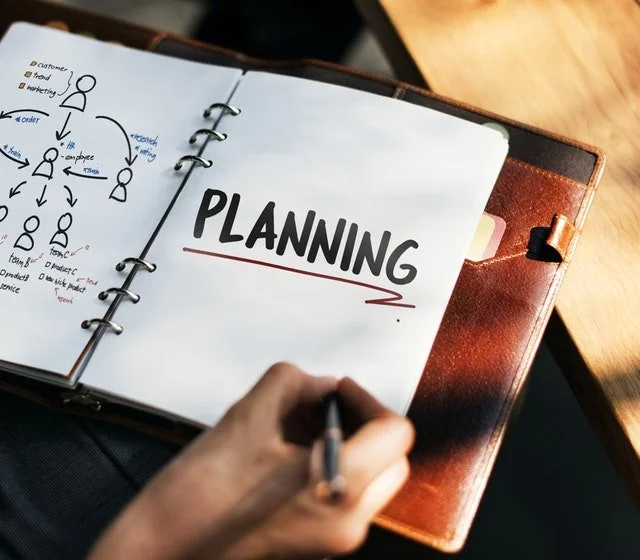Ideas for planning your website. As with most aspects of life, a little planning goes a long way when it comes to web design. Having a clear idea of the type of content your site is going to feature will help you and your web designer produce a site that’s on point and suitable for both your audience and your needs.
Planning the navigation structure of your site is one of the best ways to get a clear idea in your head of how your site will operate and which content to put at the top of the navigational tree.
It will also help you decide which type of design to use on your pages. Putting in a little work at the start can save major headaches later, and here are some important points that you should definitely consider when planning the structure of your website.
Post Outline
Doing it alone or working with an agency
Depending on the complexity of the site you want to produce, you will have to choose between building the site yourself or partnering with a skilled design agency. Each has its own advantage; however, working with a dedicated company such as the team of website designers at ALT Agency will most likely be quicker than going it alone.
Ideas for planning your website
The different types of website
As a general rule, there are seven main types of website design, so you should think carefully about your overall aims from the outset. This decision will also help when you come to choose which template to use, or how to brief your designer at the start of the job. Choose from the following designs:
- Single-page sites: Sites that feature just one homepage with all information contained therein. This style does away with the need for navigation—though it may use anchor links.
- magazine-type websites: The world of magazine publishing was previously dominated by print media, but in recent years, magazines have increasingly moved online.
- E-commerce websites: An e-commerce site will prioritize selling the product above everything else. As such, the focus of pages will be almost entirely to showcase the product to facilitate the buying process.
- Blog sites: A weblog (or blog) is typically a personal website, around a subject that interests its owner. Blogs take many forms and there is a wide range of pre-made templates suitable for almost any subject.
- Portfolio sites: Also sometimes referred to as marketing websites, the main point of a portfolio site is to build the brand of a company or an individual.
- Social media sites: Among these, Facebook, Twitter, and Instagram are probably the best known—though there are many other social media sites.
- Directories: Typically used as a way for the general public to find businesses, normally in a particular niche or industry. Ideas for planning your website
Structuring your site navigation
The navigational structure of your site will largely be determined by the type and amount of content you anticipate featuring. Try to think logically about how your users will navigate your site, prioritizing your key content at the upper level.
It often helps people to think about site navigation almost like a family tree with a primary level (your homepage), followed by secondary (normally sections) and even tertiary levels (actual content pages) underneath.
Remember, if your navigation is too confusing, it’s unlikely people will use your site—or come back.
You should also bear in mind the fact that many users will find you through search engines—so may not follow the logical path you presume from the homepage to subsequent pages.
It’s quite likely that many of your users will enter your site via a completely different path, so remember to always make your site navigation obvious, and bring prominence to the features or items that you think will be of most interest. Ideas for planning your website
Related Posts:
- 9 Ways Through Which Hackers Gain Access to WordPress Websites
- 3 Ways To Advance Your Business With Intelligent Technologies

1 thought on “Ideas for planning your website”